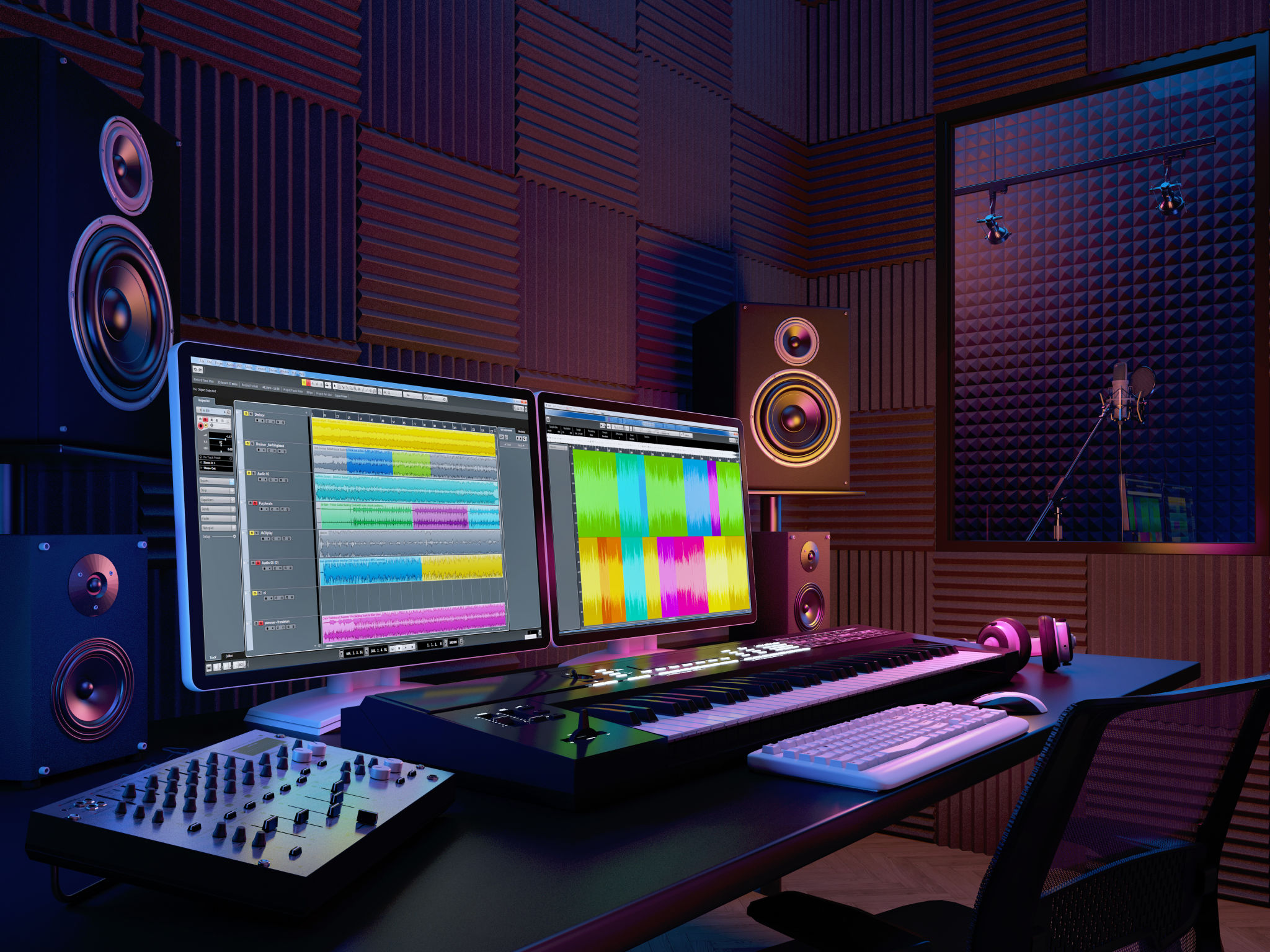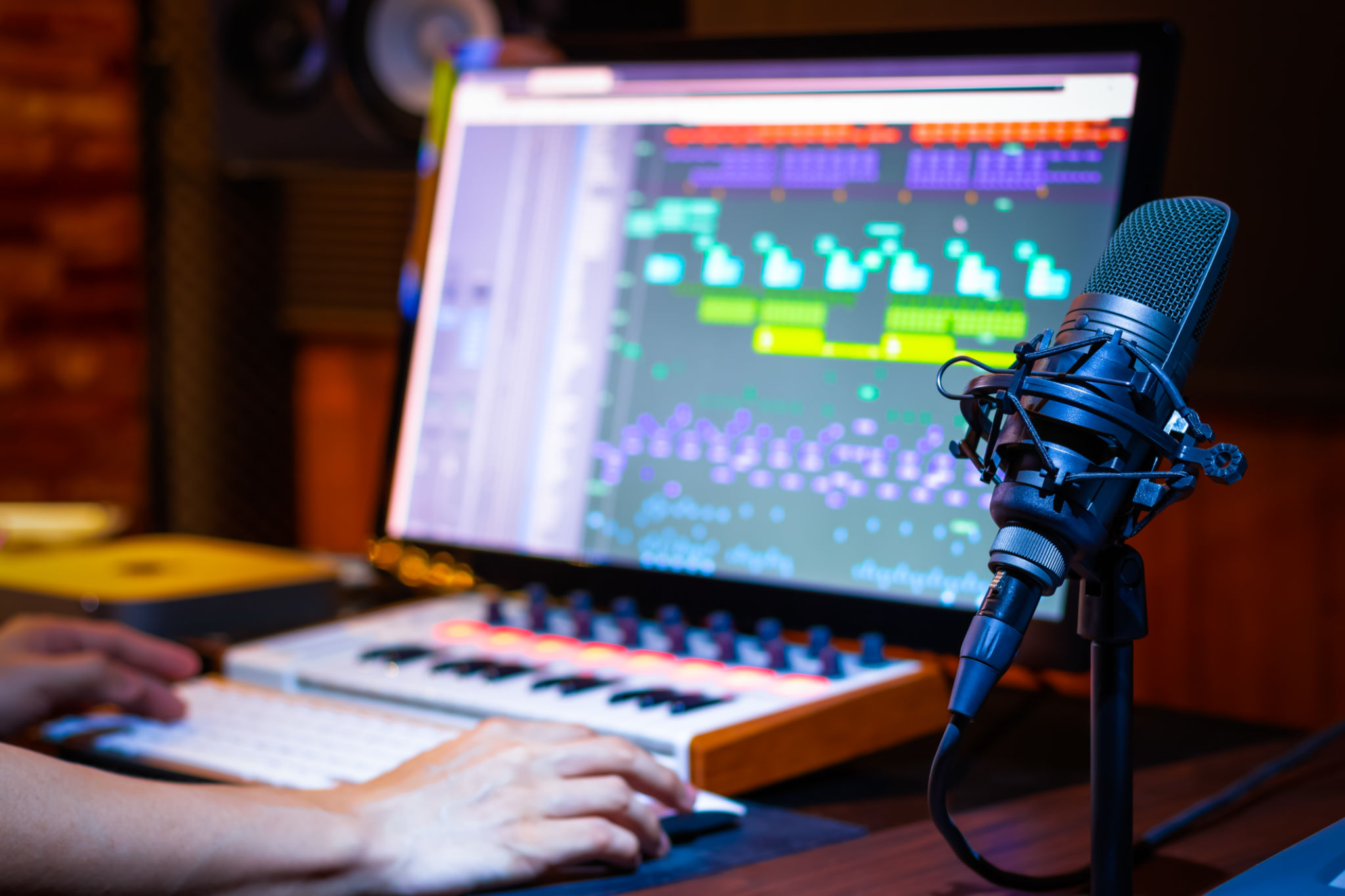Step-by-Step Guide to Using MIDI in Music Production
Understanding MIDI
MIDI, or Musical Instrument Digital Interface, is a protocol designed for recording and playing back music on digital synthesizers. It is widely used in the music production industry to connect and control different instruments and devices. By utilizing MIDI, you can create complex compositions without needing a live orchestra or band.
One of the key advantages of MIDI is its ability to transmit information between devices regardless of the manufacturers, allowing seamless integration. This standard has revolutionized how music is produced, offering a versatile platform for both amateurs and professionals alike.

Setting Up Your MIDI Device
Connecting Your MIDI Device
To get started with MIDI in music production, you need to connect your MIDI device to your computer or digital audio workstation (DAW). Most modern MIDI devices use USB connections, making the process straightforward. Simply plug the USB cable from your MIDI device into an available port on your computer.
If you're using a traditional MIDI connection, you'll need a MIDI interface that connects to your computer via USB or another compatible input. Ensure that your cables are securely connected to avoid any disruptions during your sessions.
Configuring Your DAW
Once your device is connected, open your DAW and navigate to the MIDI settings. Here, you should be able to select your MIDI device from a list of available inputs. Make sure it's enabled and recognized by your software.
It might be necessary to install specific drivers for your MIDI device if it doesn't automatically appear in your DAW. Check the manufacturer's website for any required software or updates.

Creating and Editing MIDI Tracks
Recording MIDI
With your device set up, you can now start recording MIDI tracks. Most DAWs allow you to create a new MIDI track with just a few clicks. Once created, ensure that your track is armed for recording and press the record button to start capturing your performance.
MIDI tracks record performance data, such as note value, velocity, and timing, rather than audio. This allows you to easily edit and manipulate your recordings after the fact, making it an incredibly flexible tool for music production.
Editing MIDI Data
Editing MIDI data is one of its greatest strengths. You can change notes, adjust timing, and modify velocities without re-recording the entire performance. Most DAWs provide a piano roll or similar interface for precise editing.
Take advantage of quantization features to correct timing issues or use effects like pitch bend and modulation to add expressive elements to your tracks. Experiment with these tools to enhance your compositions and achieve the desired sound.

Utilizing MIDI Effects and Plugins
MIDI effects and plugins can significantly expand your creative possibilities. These tools can transform simple MIDI sequences into complex soundscapes or help you achieve specific musical styles. Explore arpeggiators, chord generators, and other effects that can add depth and variety to your music.
Many DAWs come with built-in MIDI effects, but there are also numerous third-party plugins available that offer unique capabilities. Spend some time exploring these options to find the ones that best suit your workflow and creative goals.
Finalizing Your MIDI Project
Once you've recorded and edited your MIDI tracks, it's time to finalize your project. This might involve mixing the MIDI tracks with audio recordings or exporting them as audio files for distribution.
Remember to save your project regularly and consider backing up your files to avoid losing any progress. With practice, using MIDI in music production can become second nature, allowing you to focus more on creativity and less on technicalities.